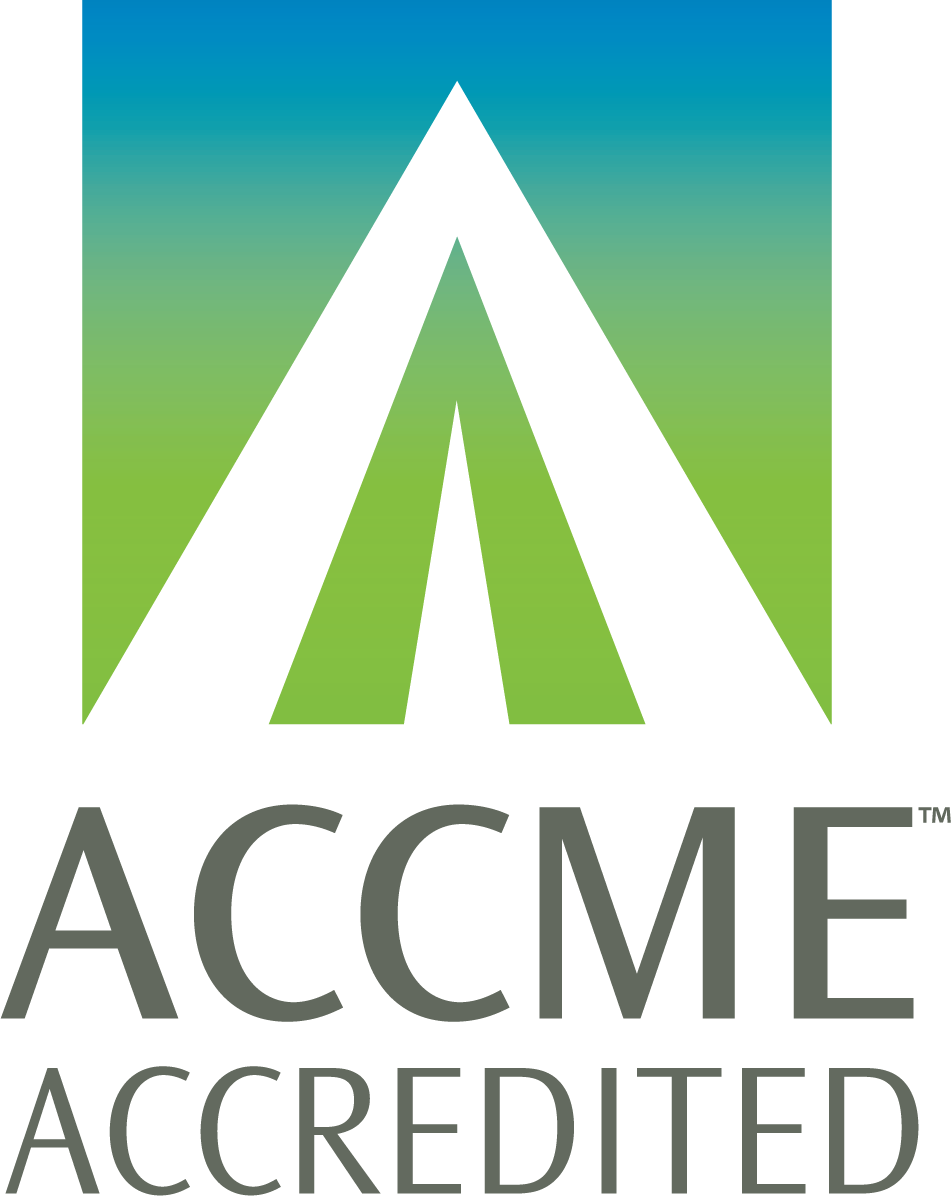 Video Courses
Video Courses Video Courses
Video Courses
In this course, we define the term ‘acute coronary syndrome’ and explain the role and limitations of the ECG in the diagnosis of this syndrome. We explain the difference in pathological processes underlying ST elevation MI (STEMI) and non-ST elevation MI (NSTEMI). We describe the time-dependent sequence of changes in ECG abnormalities resulting from complete occlusion of a coronary artery. We explain the origin of Q waves in STEMI. We show you how to identify the likely site of complete coronary artery occlusion in an STEMI based on analysis of ECG findings. We test your ability to identify the ECG changes of acute coronary syndrome. A frontline worker must also appreciate that the ECG changes usually associated with ischemic heart disease have an extensive differential. Building on your understanding of the ECG changes described in the videos, we expand your knowledge of the differential diagnosis of ST segment elevation and ST segment depression on the ECG in the Essential Reading List.
Planner and Author: Dr John Seery MB PhD
Planner: Dr Karen Strahan PhD (University of Cambridge), Head of Editorial
Planner: Tommy O'Sullivan, CME Manager
2.0 hours
Upon successful completion of this activity, you will be able to:
30-JUL-2023
30-JUL-2026
Participants must complete the online activity during the valid period as noted above.
Follow these steps:
Acadoodle adheres to the ACCME's Standards for Integrity and Independence in Accredited Continuing Education. Any individuals in a position to control the content of a CE activity, including faculty, planners, reviewers or others are required to disclose all relevant financial relationships with ineligible entities (commercial interests). All relevant conflicts of interest have been mitigated prior to the commencement of the activity.
Planners and faculty for this activity have no relevant financial relationships with commercial interests to disclose.
Birnbaum Y and Drew BJ. The electrocardiogram in ST elevation acute myocardial infarction: correlation with coronary anatomy and prognosis. Postgrad Med J. 2003;79:490-504.
https://www.ncbi.nlm.nih.gov/pmc/articles/PMC1742828/pdf/v079p00490.pdf
de Blieck EC. ST elevation: Differential diagnosis and caveats. A comprehensive review to help distinguish ST elevation myocardial infarction from nonischemic etiologies of ST elevation. Turk J Emerg Med. 2018;18(1):1-10.
https://reader.elsevier.com/reader/sd/pii/S2452247317302571?token=D6CF59EBFA3855F67E2B409DE2152DE8B2E079886AC79025E85C34724ACAC10F905C3BFC50C142092B0E8790397CDCBA
Tewelde SZ et al. Pitfalls in Electrocardiographic Diagnosis of Acute Coronary syndrome in Low-Risk Chest Pain. West J Emerg Med. 2017; 18(4):601-6.
https://www.ncbi.nlm.nih.gov/pmc/articles/PMC5468064/pdf/wjem-18-601.pdf
Brady WJ and Morris F. Electrocardiographic ST segment elevation in adults with chest pain. J Acad Emerg Med. 1999;16:433-9.
https://www.ncbi.nlm.nih.gov/pmc/articles/PMC1343410/pdf/jaccidem00033-0039.pdf
Wagner GS et al. AHA/ACCF/HRS Recommendations for the Standardization and Interpretation of the Electrocardiogram. Part VI: Acute Ischemia/Infarction: A Scientific Statement From the American Heart Association Electrocardiography and Arrhythmias Committee, Council of Clinical Cardiology, the American College of Cardiology Foundation; and the Heart Rhythm Society: Endorsed by the International Society for Computerized Electrocardiology. Circulation. 2009;119(10):e262-e270.
https://www.ahajournals.org/doi/10.1161/CIRCULATIONAHA.106.180200?url_ver=Z39.88-2003&rfr_id=ori:rid:crossref.org&rfr_dat=cr_pub%20%200pubmed
Frankenfeld L. STEMI in Disguise. Taming the SRU:Emergency Medicine Tamed. 2019
http://www.tamingthesru.com/blog/diagnostics/stemis-in-disguise
Walsh L. Diagnostics: MI in Left Bundle Branch Block. Taming the SRU:Emergency Medicine Tamed. 2019
http://www.tamingthesru.com/blog/diagnostics/miinlbbb?rq=ekg
Di Diego JM and Antzelevitch C. Acute Myocardial Ischemia: Cellular Mechanisms underlying ST segment Elevation. J Electrocardiol. 2014;47(4):486-90.
https://www.ncbi.nlm.nih.gov/pmc/articles/PMC4116460/
Rossello X et al. New Electrocardiographic Criteria to Differentiate Acute Pericarditis and Myocardial Infarction. Am J Med. 2014;127:233-9.
https://www.amjmed.com/article/S0002-9343(13)00975-3/pdf

Acadoodle, Ltd is accredited by the Accreditation Council for Continuing Medical Education (ACCME) to provide continuing medical education for physicians.
Acadoodle, Ltd designates this enduring material activity for a maximum of 2.0 AMA PRA Category 1 Credits™. Physicians should claim only the credit commensurate with the extent of their participation in the activity.
DisclaimerPrivacy PolicyTerms of UseData Deletion© Acadoodle 2026